Table of Contents
![]()
In the late nineties, three young American guys were bumming around Brazil, learning about a colorful new country (new to them, anyway) and getting the lay of the land.
They noticed that the cities and towns had cute little stands where street vendors sold açaí. There were three or more of these stands to a block.
The crazily popular berry (I know - açaí is a drupe; we'll get there..) was sold as a sort of frozen confection from iceboxes, the popular little stands doubling as small and bustling social centers, the locals enjoying their açaí frappes and delightedly chatting each other up.

The visiting yanks hesitantly tasted the frozen concoction and liked it.
Liked it? Hell, they loved it! They even noticed that it seemed to provide a slight lift. Surely it was at that point the young Americans began avidly asking friendly passerby "excuse me: como se pronuncia açaí" (how do you pronounce açaí?") Answer: "aa-saa-ee"...
The fellas made some phone calls and found, to their mild surprise, the berry (drupe!) was virtually unknown in the U.S. and had certainly not been parlayed into the commercial superfood juggernaut their intuitions foresaw. Wheels started turning.
Açaí: Rain Forest to Brazilian Urbanites to The World at Large
At the time the three Americans stumbled into açaí in its native land, the berry had only recently made its way into the Brazilian cities from the rain forest interior, by way of traders and urban migrants.
Within a few years, the young Americans—two brothers and a friend—were importing açaí into the States and beginning the tough legwork of getting the word out. When açaí finally did get the sluggish attention of the U.S. health food crowd, the berry (drupe!) caught on like…well, you know.

This exotic little package of goodness drops into the interior (of your body, that is) and unpacks a weird amount of goodness.
Invariably described as a "grape-like berry", Açaí is not a berry at all—it's a drupe (see?); a stone fruit. A drupe has a thin skin and a fleshy overcoat in which is swaddled a single (annoying) largish seed; placed there expressly by the Cosmos® to shatter your pricey dental work. I speculate.
Other drupes? Peaches, apricots -- okay ... get the concept. Açaí is native to sub-tropical Central and South America. Yeah, it is a little bit grape-like.
So, what's the big deal?
The Big Deal(s)
Açaí is madly antioxidant, which is an over-excited way of saying açaí supports your body's own antioxidant response to free radicals.
Açaí may also mitigate the muscular inflammation associated with a particularly grueling workout. Its ability to tamp down the inflammation of overworked muscles makes Açaí a friend of your weight room -- just don't tell your weight room you're hanging out with a drupe.

Açaí Bowl or Otherwise -- the Scoop on this Sun-Drenched Drupe
Scientists believe açaí is so packed with potency because its eons-long homestead near the Earth’s equator has—for millions of years—made it a beneficiary of the most direct and perpendicular sunlight our planet receives.
Has that longstanding blast of direct solar energy imbued açaí with all this power? Uh yup.

The electrolytes in açaí (magnesium, potassium, phosphorus and manganese) help maintain the water balance in our sloshy bodies, which are about 60% water by volume.
Monounsaturated fatty acids in açaí help support normal cardiovascular health3 while responsibly working with your blood to shepherd the blood lipids, which would otherwise turn, through oxidation, into the waxy junk that clogs your pipes.
Up in the ol’ cranial vault, açaí seems to positively support normal cognitive function.
Perhaps most significantly, açaí contains about twice the amount of anthocyanins—a powerful antioxidant—of any other known food. This has been attributed to açaí's need to develop a physical protective response to the intense sunlight that has defined its equatorial evolution.
"Where are There Açaí Bowls Near Me?"
Reader—answering that question is beyond the scope of this article — though we empathize with your query. Seek and ye shall find.

What we do know: this Amazonian berry (druuuuuupe!!!) has evolved in an incredibly lush and fertile environment.
Microbe-crowded soils, plentiful clean rains, and a daily UV-feast of brilliant sunshine—for millions of uninterrupted years—have designed a pugilist fruit that bears pure healing dynamism. Because nature wants to live.
Açaí is not a medicine, nor a miracle.
Açai is the plain and potent confluence of Earth and Sun. That’s not magic; that’s the unstoppable dam burst of Life itself. And you are there.



